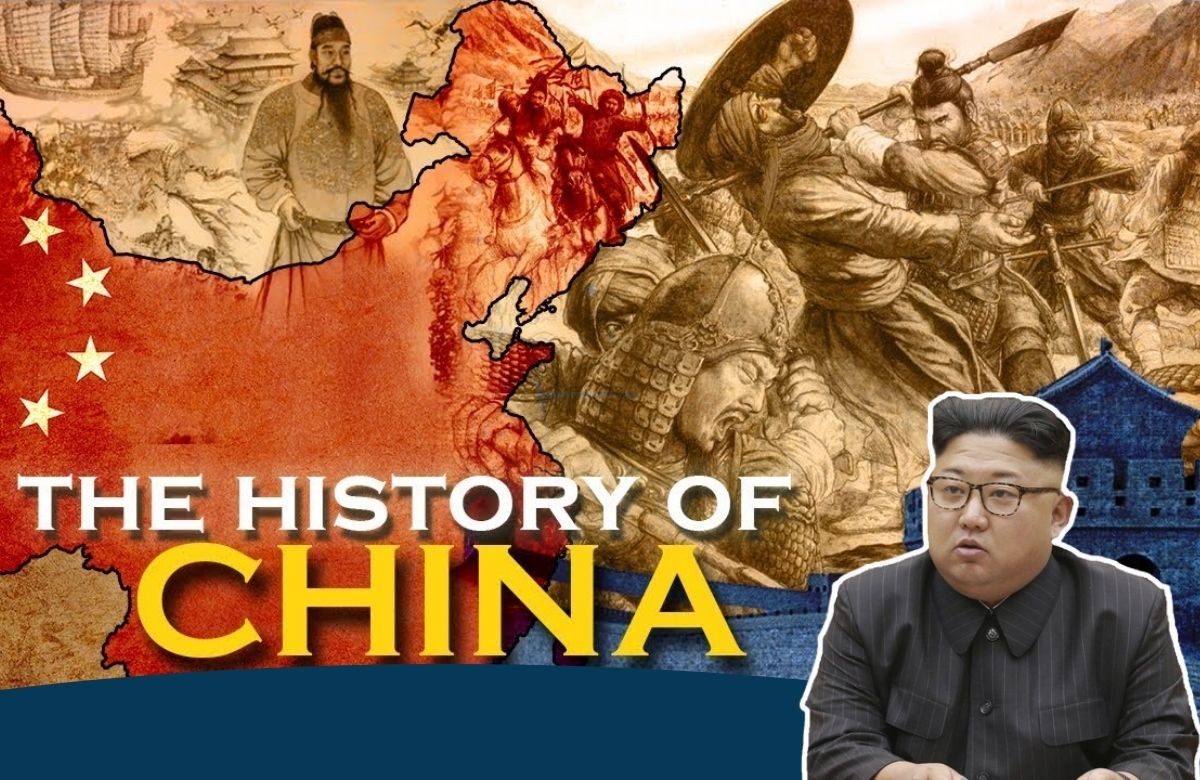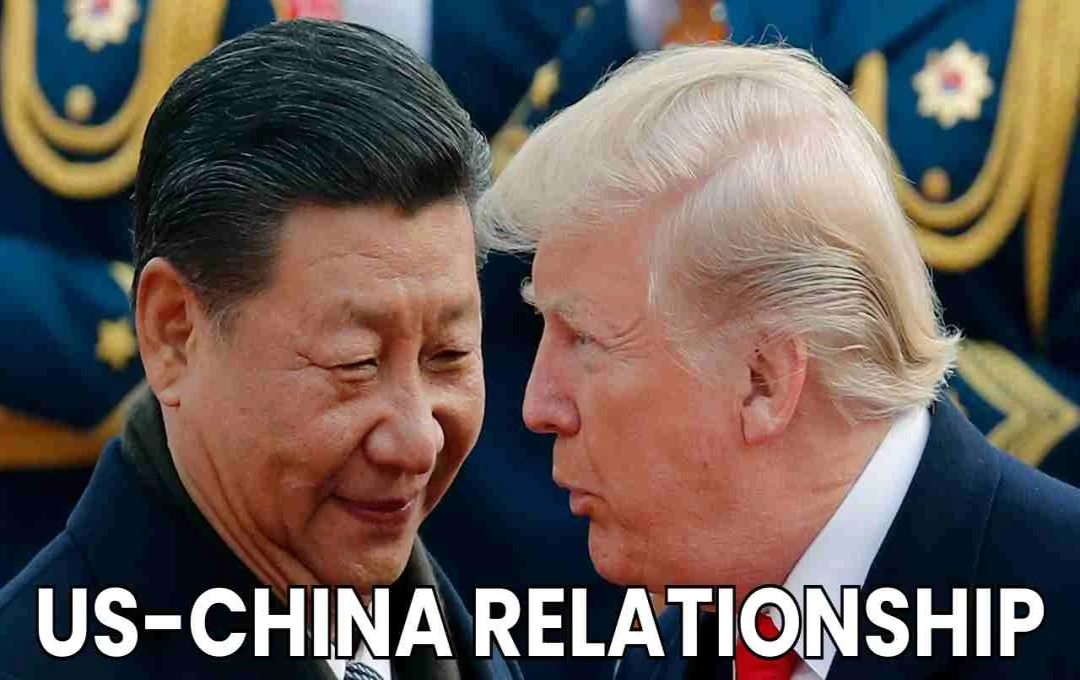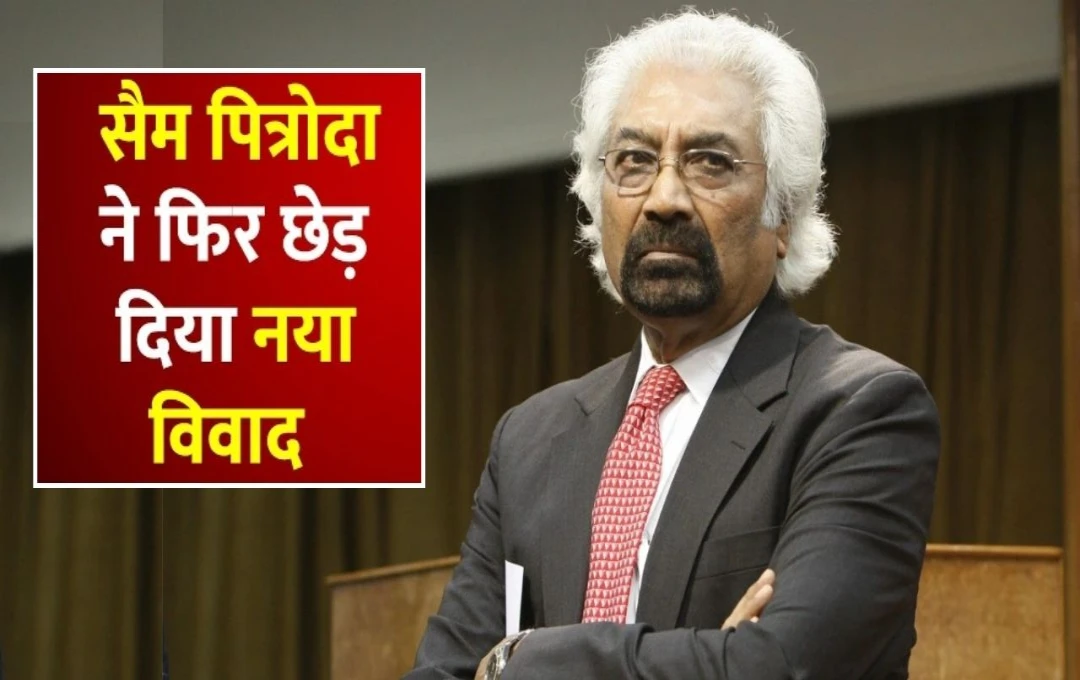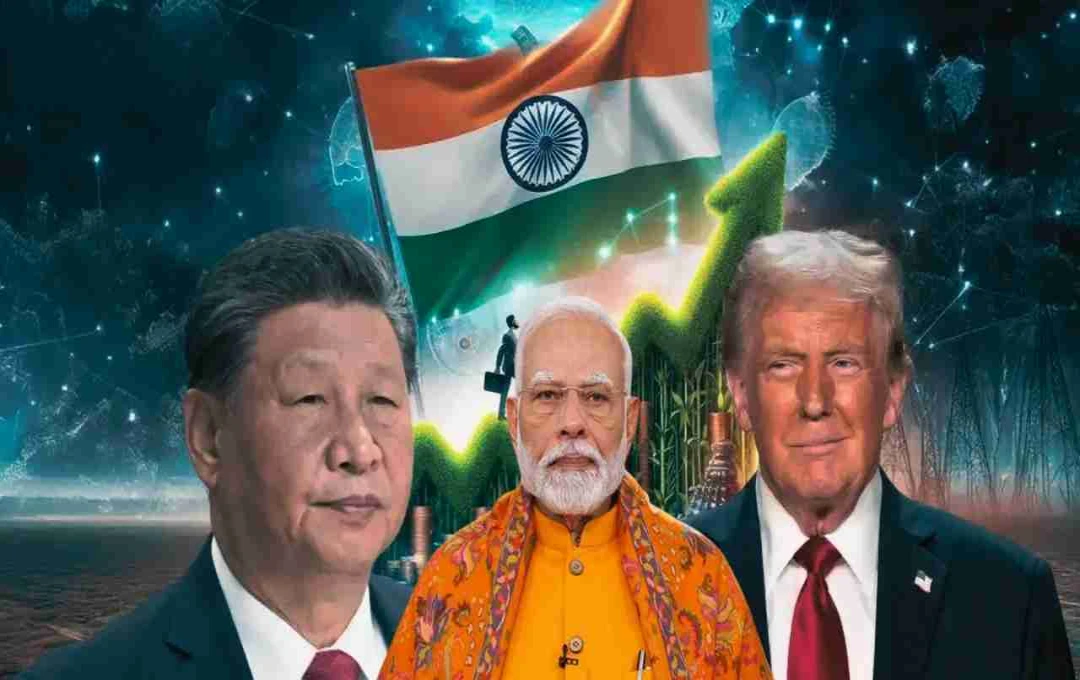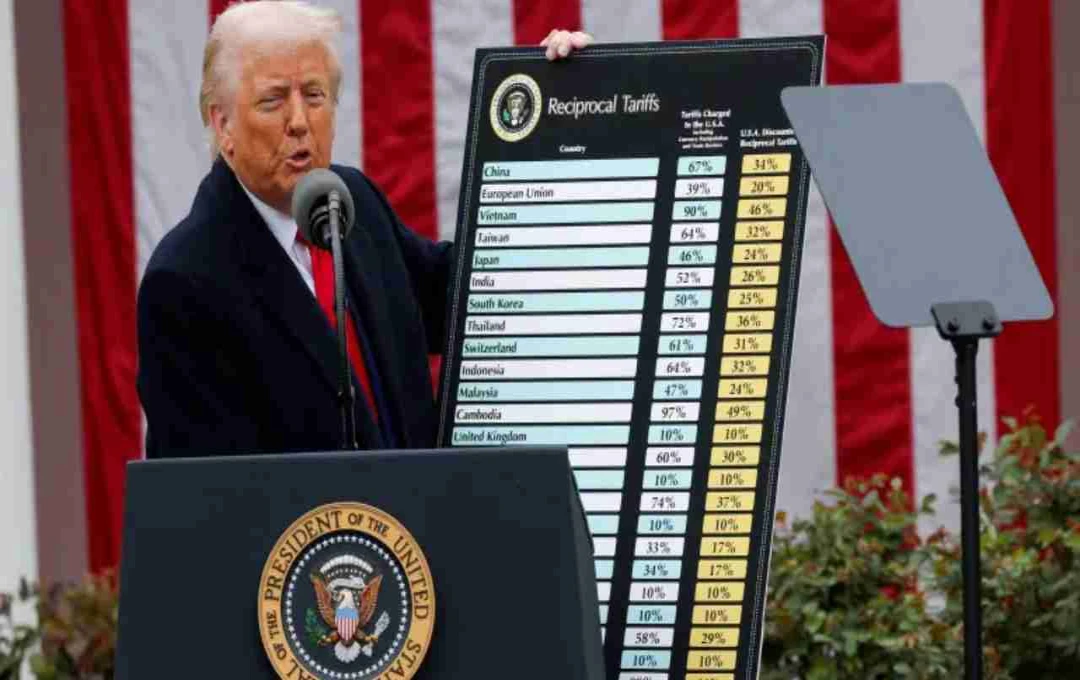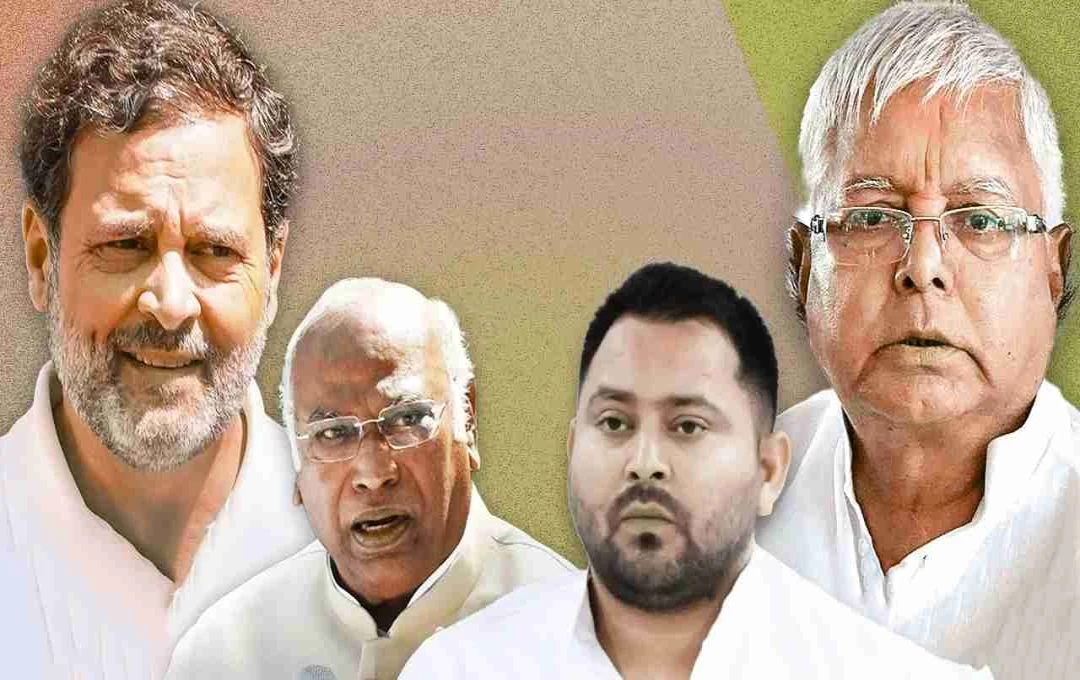China, officially the People's Republic of China, is a country located in East Asia, with Beijing as its capital. It is one of the world's oldest civilizations and the most populous country. With an area of 9,641,144 square kilometers, it is the third-largest country after Russia and Canada. Its vast size results in a border shared with 15 countries.
China's civilization dates back approximately 5,000 years, and it is a socialist republic governed by a single party. The country comprises 22 provinces, 5 autonomous regions, 4 municipalities, and 2 special administrative regions. China is the world's second-largest economy and a permanent member of the United Nations Security Council. It is the world's largest exporter and the second-largest importer, and is a recognized nuclear power. Under the Chinese Communist Party, China has adopted a socialist market economy incorporating elements of capitalism and authoritarian political control.
China: A Rising Power
China is viewed as an inevitable major power in the 21st century. The People's Republic of China was established on October 1, 1949, when the Communists defeated the Kuomintang in the civil war. Following their defeat, the Kuomintang retreated to Taiwan, or the Republic of China, while the Communist Party assumed control of mainland China. China considers Taiwan its own autonomous region, while Taiwan views itself as an independent nation. Both sides claim to be the legitimate representative of China.
China boasts a written history of four thousand years, with a rich collection of historical and cultural texts and remnants of ancient culture. Understanding China's ancient geography necessitates acknowledging that modern China includes parts of Tibet, Taiwan, Mongolia, and Turkmenistan. In ancient Indian references, China was known as Harivarsha, one of the nine principal countries of Jambudvipa.
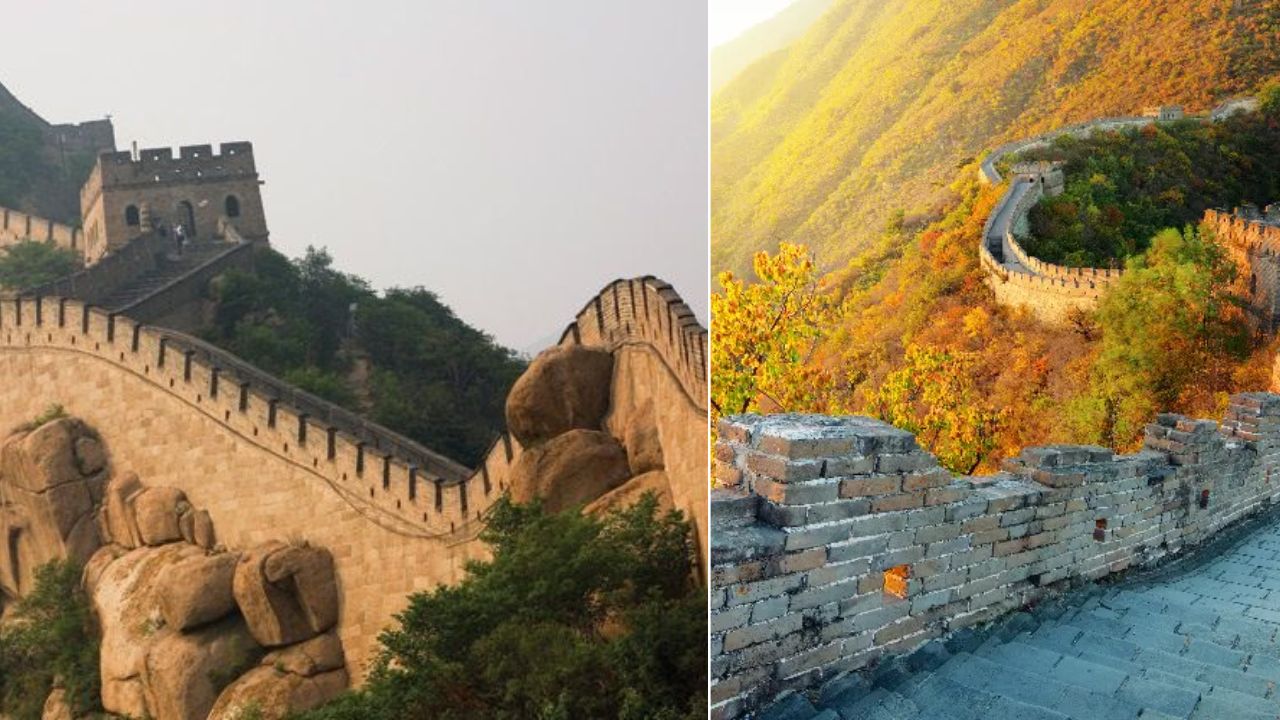
Understanding China-India Relations
China and India have a long history of trade and cultural ties. In ancient times, Chinese silk was renowned in India. The Mahabharata's Sabha Parva mentions Chinese "kitaj" and "pattal" textiles. China's first identifiable dynasty, the Shang Dynasty, existed in eastern China along the Yellow River from the 18th to 12th centuries BCE. Later, the Qin Dynasty unified China for the first time in 221 BCE.
The Han Dynasty (206 BCE to 220 CE) significantly shaped Chinese culture, an influence visible to this day. Subsequently, the Sui, Tang, and Song dynasties saw a flourishing of Chinese culture and science. In 1271, the Mongol leader Kublai Khan established the Yuan Dynasty, which was later replaced by the Ming Dynasty in 1368. The Qing Dynasty ruled China until 1911, serving as its final imperial dynasty.
In 1911, nationalists led by Dr. Sun Yat-sen ended the monarchy and established the Republic of China. However, China experienced periods of unrest. In 1928, General Chiang Kai-shek established the Kuomintang and gained control over most of China. The Communist Party triumphed in the Chinese Civil War in 1949, leading to the establishment of the People's Republic of China.
Severe drought, linked to Communist Party policies in the 1960s, resulted in the deaths of tens of millions. After economic reforms in 1978, China became one of the world's fastest-growing economies. In 1998, Prime Minister Zhu Rongji implemented economic liberalization, including the privatization of state-owned enterprises.
